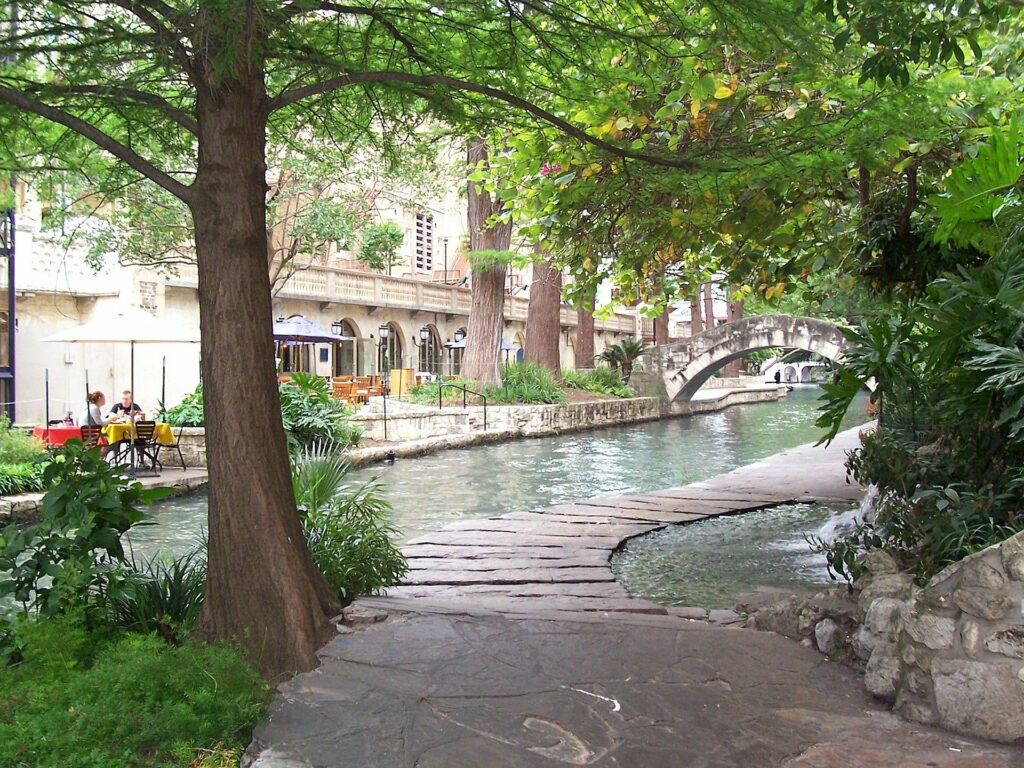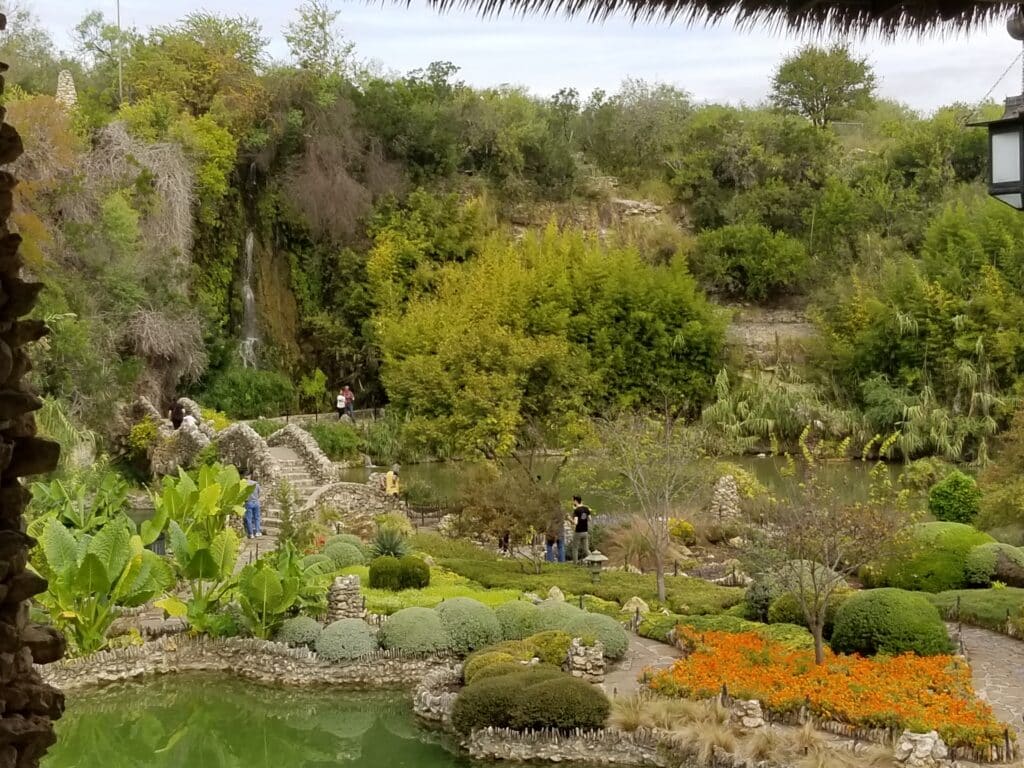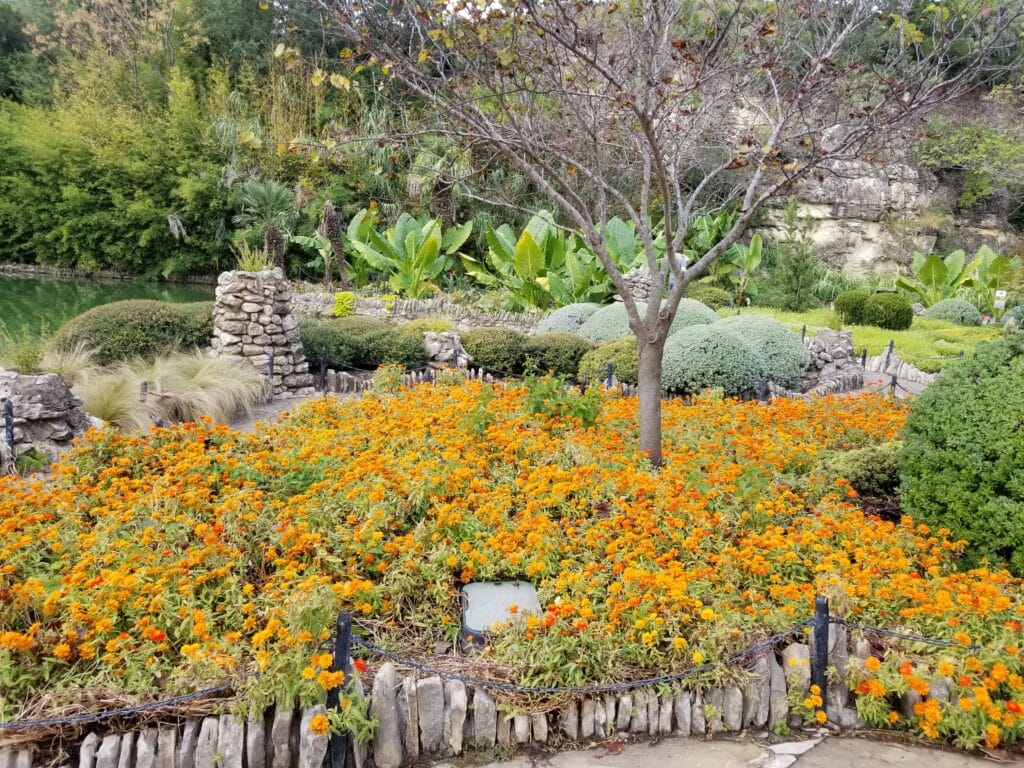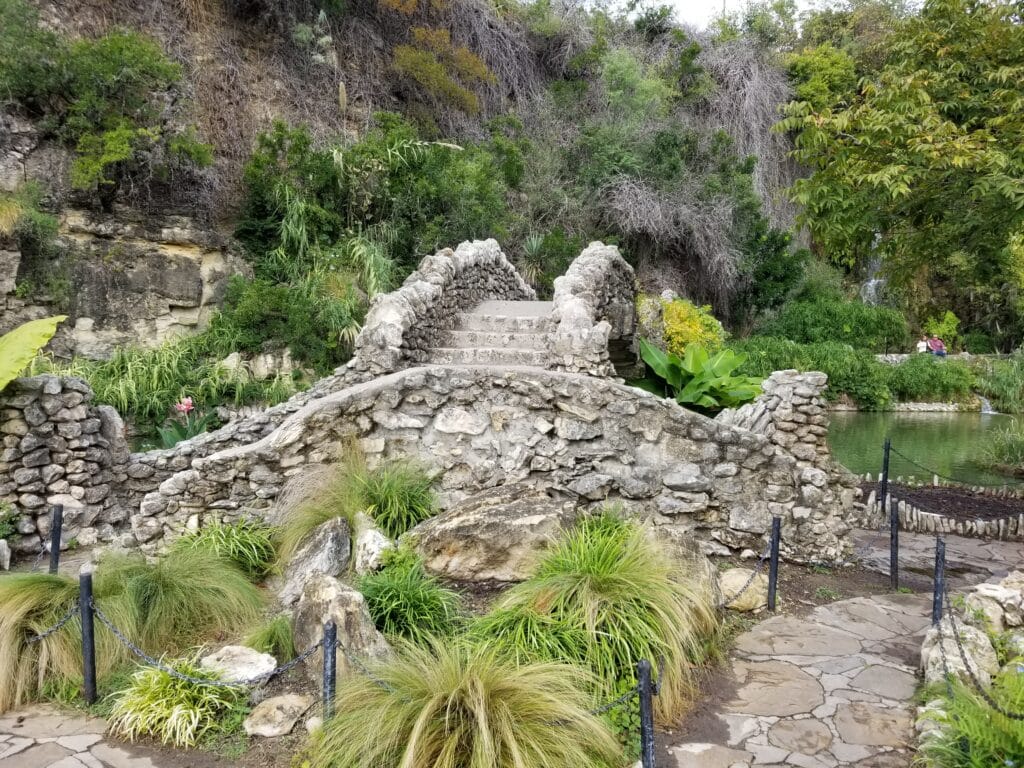Scouting San Antonio: A Tourist’s Guide to South-Central Texas
The vibrant atmosphere of San Antonio, Texas presents a rich mixture of history and culture. It is alternatively known as the “Alamo City,” the “River City,” the “Mission City,” and “Military City, U.S.A.”. San Antonio invites tourists from around the globe, offering them an immersive experience of Mexican and Texan culture. San Antonio is situated 150 miles from the Mexican border in Laredo, and its history is clearly preserved in its 18th-century Spanish structures intermingled with modern skyscrapers. Many visit to take in the historic landmarks, museums, and attractions, and to stroll along the edge of the River Walk. Now full of modern amenities, the origin of the city of San Antonio is an integral part of Texas history.
A Historic Touch: Revisiting San Antonio’s Past
Groups of indigenous tribes—collectively referred to as the “Coahuiltecans” by Spanish explorers—were some of the first recorded inhabitants of the region. Spanish explorers arrived on the scene in 1691, although the city of San Antonio was not officially founded until May 1, 1718. Named after St. Anthony of Padua, San Antonio is well known for its historic struggles for independence, namely the fight for Mexican independence from 1811-1813, and the fight for Texas independence from 1835-1836.
Notably, the second half of the 19th century was a time of growth, welcoming and supporting native and immigrant populations near and far. The city began to bourgeon as its agricultural and ranching activities blossomed, advances in transportation were made, and educational institutions became firmly established. This momentum propelled it forward, thrusting it into the 20th century and establishing it as a staple city of Texas.
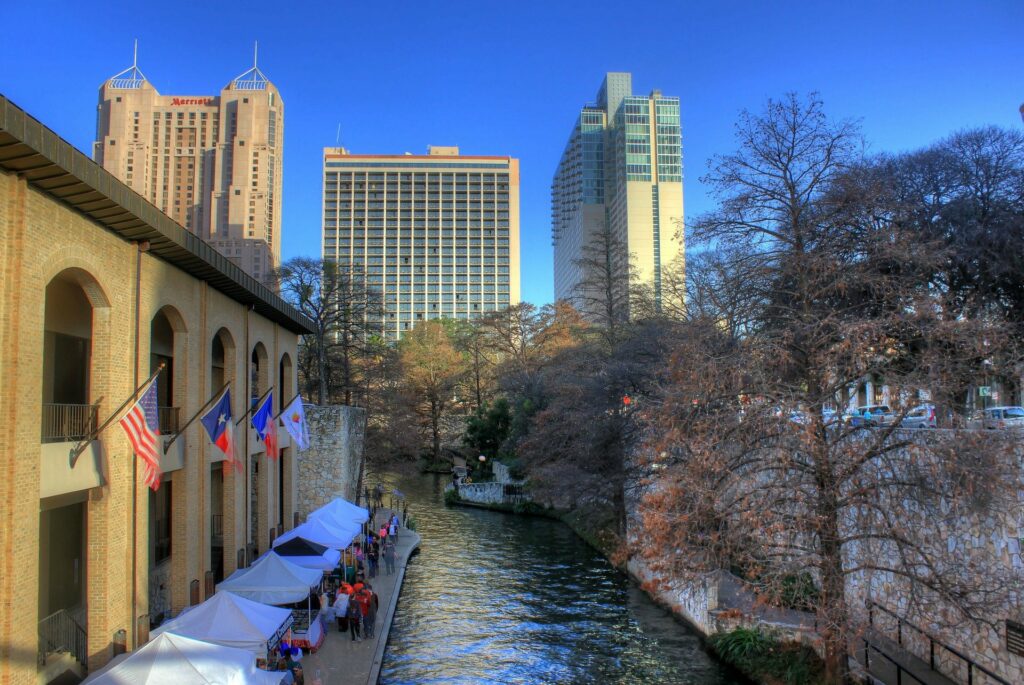
The Alamo
Originally founded in 1718 as “Mission San Antonio de Valero,” the Alamo is a prime tourist destination connected to the history of Texas. In short, the Alamo has existed under six flags of independent nations. It has also served as a garrison for a total of five different armies and is well known for hosting the 1836 Battle of the Alamo.
During the Texas Revolution, approximately 200 Texas defenders held the Alamo for 13 days as they worked to fend off 2,500 of General Santa Anna’s troops. Notable historic figures involved included William Travis, David Crockett, and James Bowie.
Currently, visitors have access to self-guided audio tours, and a guided battlefield tour. They have the option of listening to a lecture presented by an Alamo interpreter, taking part in live history demonstrations, viewing a historical documentary on the Alamo, and walking through the Alamo Church, Long Barrack Museum, Alamo Gardens, and more.
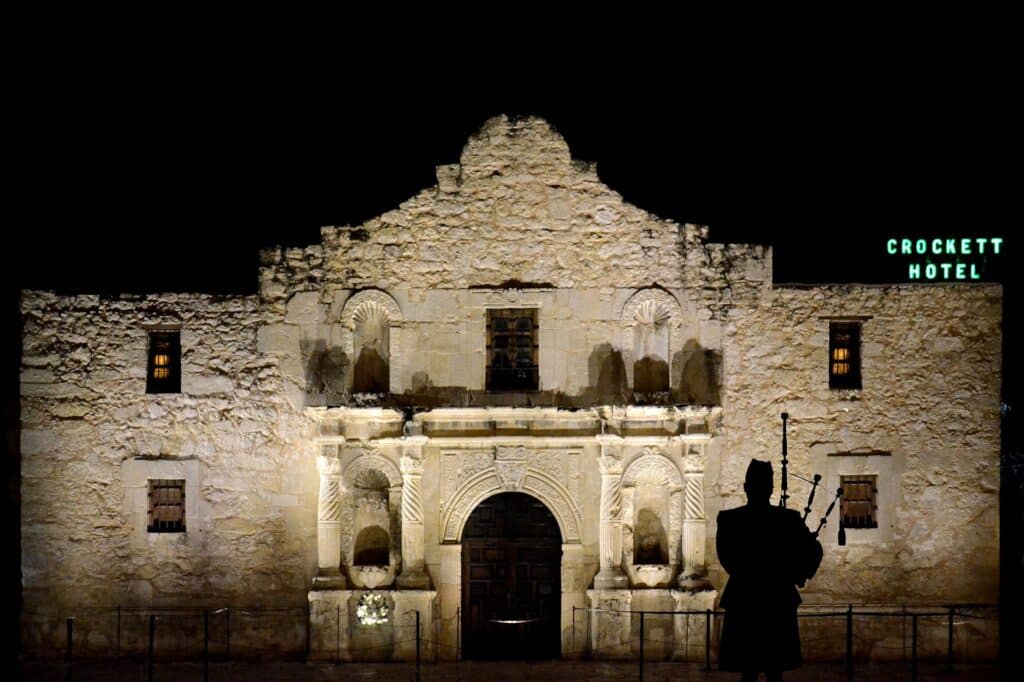
San Antonio River Walk
The San Antonio River Walk is a top destination that has garnered the attention of tourists for many years. It is an urban waterway that runs below street level and stretches for 15 miles. It is also referred to as “Paseo del Rio.” In fact, the San Antonio River Walk is recognized as one of the largest urban ecosystems in the United States. Sightseers can walk along the river’s edge, shop, enjoy fine foods, or hop aboard a boat to receive a guided tour.
The San Antonio River Walk is the site of various events that take place throughout the year, including annual events that draw locals and tourists, such as the Texas Cavaliers River Parade, Armed Forces River Parade, Ford Holiday River Parade, and more. Tourists also enjoy its proximity to other sites, including the Alamo, King William Historic District, UNESCO World Heritage Site, and San Antonio Missions.
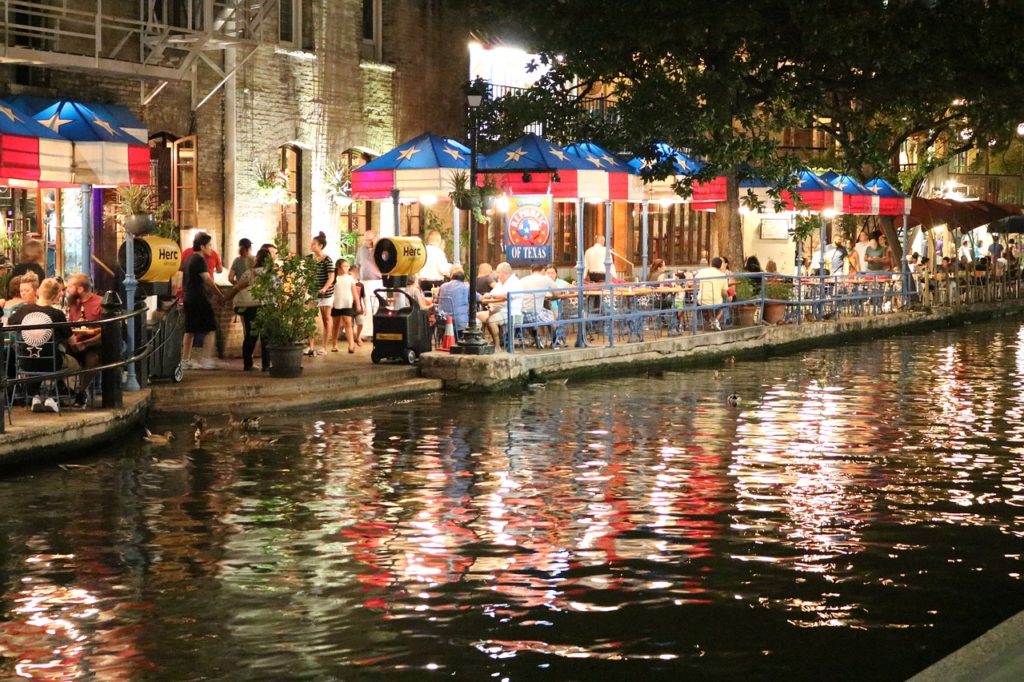
Japanese Tea Garden
The Japanese Tea Garden dates to 1919. Originally a simple rock quarry, it has since been renovated and updated throughout the years by the City of San Antonio and the San Antonio Parks Foundation. This year-round garden is exuberant, donned with elaborate floral displays and a 60-foot waterfall. Carefully carved walkways and stone bridges take visitors across the garden and alongside the Koi ponds.
Featuring a gorgeous pavilion, the Jingu House restaurant, and a patio, the Japanese Tea Garden has become the site of many special events, including weddings, vow renewals, and other special occasions. The stunning stone columns of the pavilion offer a breathtaking view of the lily ponds and nearby waterfall, which features a small platform surrounded by a thicket of bamboo.
Further distinguishing the Japanese Tea Garden is its entrance, a moon gate scrupulously sculpted by a Mexican artist who has received recognition for their concrete sculptures resembling wood. Surrounded by exotic plants and bulbs that have been donated by locals, the beautified Japanese Tea Garden enjoys a historic past that dates to over a century ago.
San Antonio Museum of Art
The San Antonio Museum of Art is rife with exhibits that engage visitors and celebrate 5,000 years of art, people, and culture from around the globe. In fact, it houses the most extensive collection of ancient Greek, Roman, and Egyptian art in the Southern United States. Furthermore, the dedicated Nelson A. Rockefeller Latin American Art wing takes visitors through a historic walk from the ancient Americas to modern times. It also boasts a unique collection of folk art.
Importantly, the San Antonio Museum of Art pays homage to regional and Texan art, while also displaying renowned international artists, a meticulous Asian Art wing featuring works from India, Korea, and Japan, and a beautiful collection of Chinese ceramics. In addition to displaying preserved artwork, the museum also serves as a crucial educational and cultural resource within the community.
Conclusion
The city of San Antonio, Texas serves as an important hub of diversity in the state of Texas, bringing together native and immigrant populations. Touches of its history are evident throughout the city, including the Spanish structures that coexist among modern amenities. Rife with historic, artistic, cultural, and educational locations, San Antonio also provides tourists with riveting attractions, fine dining, and shopping centers. Distinguishing landmarks differentiate the city to offer visitors a glimpse of its historic past.
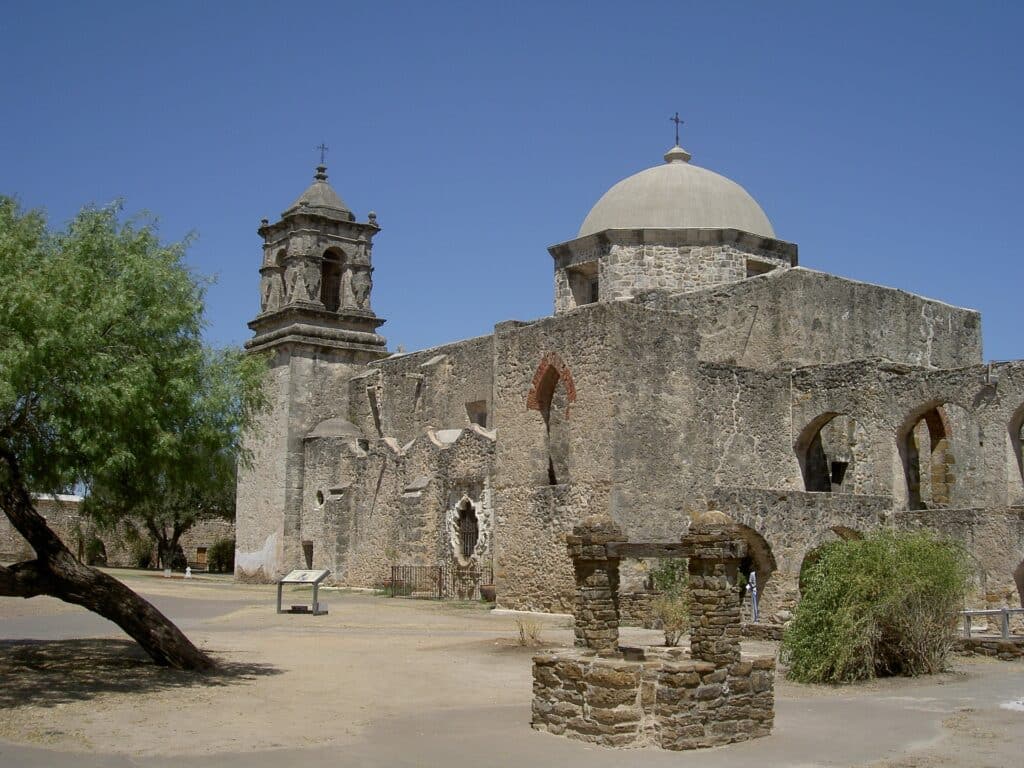
Where to Stay in San Antonio, Texas?
Use the interactive map below to search, compare and book hotels & rentals at the best prices that are sourced from a variety of platforms including Booking.com, Hotels.com, Expedia, Vrbo and more. You can move the map to search for accommodations in other areas and also use the filter to find restaurants, purchase tickets for tours and attractions and locate interesting points of interest!

Courtney Campbell is a graduate of Texas A&M University Corpus Christi and obtained her Bachelor of Arts Degree in English in May of 2017. She is an avid creative writer and has been featured in several literary publications showcasing pieces of poetry, fiction, and creative nonfiction. She currently resides in Corpus Christi, TX with her three beagle puppies.
